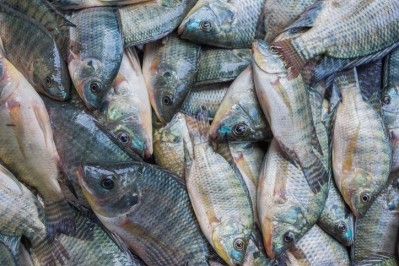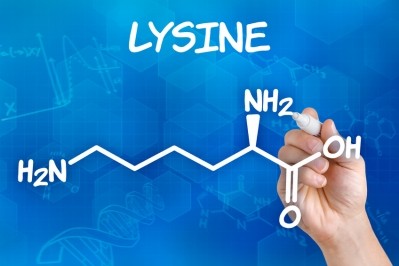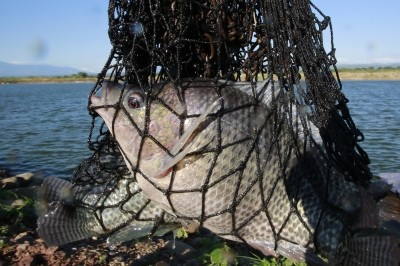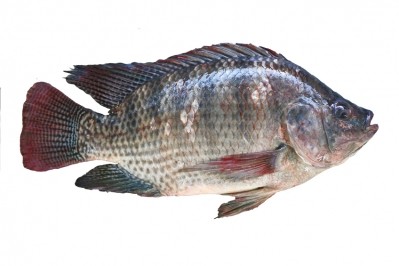Periphyton availability in tilapia production may boost weight gain, reduce feed use
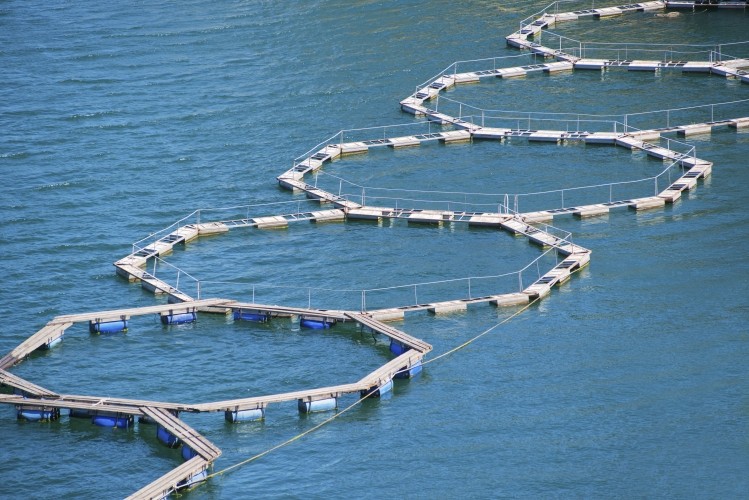
A team of researchers in Brazil sought to understand the role that diets supplemented with periphyton could play in the production of farmed Nile tilapia. The group published their results in the journal Aquaculture.
“The aim of this study was to evaluate the potential of periphyton-based cage culture of Nile tilapia in a hydroelectric reservoir in Brazil at three stocking densities and two feeding regimes,” group members said.
The results, said the team, demonstrated the efficiency of using substrates for Nile tilapia in cages in the reservoir. The presence of bamboo substrates improved the weight gain of fish but reduced the carrying capacity of the cage at the highest density.
“The inclusion of bamboo substrates inside the cages allows producing up to 52kg/m3 of Nile tilapia using 32% less diet in a period almost 20% shorter than in the CTRL group,” said the researchers. “If farmers prefer to produce 80kg/m3, they can use 30% less diet but the production period would be 20% longer.”
Why periphyton?
“Periphyton is the community of microorganisms that colonizes on submerged plants, stones and other substrates” said the researchers. “In land-based pond cultures, periphyton production is considered to be a complementary food source for cultured fish (Azim et al., 2005).”
However, little information is available regarding the use or inclusion of periphyton in cage systems or with intensive aquaculture production, they said.
With the amount of water in lakes, reservoirs and dams, Brazil has the ability to improve its production of cage-raised fish and the amount in production has been increasing, they said. Tilapia are omnivorous and can tolerate a diet with a large amount of plant-based protein and oil.
Most are able to use phytoplankton and periphyton for energy, they said. “However, studies by Dempster et al. (1993) have demonstrated that ingestion rates of tilapias are up to 25 times higher when algae are provided as periphyton than when they are provided as phytoplankton.”
One study done in Lake Kariba, Zimbabwe found that the diet supplement accounted for about 1% of the energy demands of the fish, they said. A different experiment done in Bangladesh found that the use was not economically viable.
But a more recent study found that reducing dietary protein and adding periphyton improved the growth of juvenile tilapia in floating cages and was more cost effective than other production systems, they said.
“In Brazil, Garcia et al. (2013) showed that reducing the stocking density of Nile tilapia juveniles in cages in hydroelectric reservoirs from 80kg/m3 to 30kg/m3 significantly decreases their feed conversion ratio from 1.36 to 0.95,” said the researchers. “These authors proposed that natural food such as phytoplankton and periphyton should be made part of the diet of fish and that the cage nets can act as a substrate for periphyton growth.”
Study details
In the trial, 1812 tilapia were split into 21 cages at three different densities and getting one of two diets, the researchers said. Eighteen cages were equipped with a bamboo substrate used to grow periphyton.
Fish were stocked at 80, 60 and 40kg of fish/m3, and the diets were 100% and 50% of a daily ration, they said. Periphyton was allowed to grow for 21 days before fish were placed in the cages.
Three cages without bamboo at the highest density and feeding ration were used as a control group, they said. “We included this treatment in order to compare all treatments with substrate to the production system usually adopted by Brazilian farmers, and propose a more efficient production model of Nile tilapia in cages,” they added.
A selection of fish was weighed at the start and end of the trial to calculate growth performance and size, said the researchers. Feed consumption was noted and biometry was collected on sample fish every two weeks.
Weight gain, feed conversion ratio (FCR) and specific growth rate (CGR) also were calculated, they said. And, growth performance parameters were checked when the fish reached 300, 500 and 800g.
Water temperature and dissolved oxygen levels were noted daily, environmental water samples were collected at the start and end of the experiment, they said. And, fish health was checked on days 30, 90 and 180.
Results
The study showed the benefits of adding supplemental periphyton to the fish’s diets, the researchers said. Initially all treatments had similar growth, but by day 180 the group getting 100% feed at the highest stocking level plateaued.
“This is the first study to demonstrate the efficiency of using substrates for Nile tilapia in cages in hydroelectric reservoirs, including adult fish, and complementary research on other aspects of this production system is encouraged,” they said.
“The reduction in FCR reduces the production cost and the farmer's dependence on external resources (commercial diet). Thus, this production model may be an efficient alternative for family farmers, " they added.
However, the bamboo substrate did limit the carrying capacity of the cage at the highest stocking density, they said. And the amount of dissolved oxygen was improved from days 50 to 140 of the trial, but reduced after 155 days.
“During all evaluations of growth performance, there was a direct relationship between stocking density and feed conversion ratio (FCR) and between feeding ratio and FCR,” said the researchers. “For the third period (fish 800 g), the higher the stocking density, the higher the FCR and fish fed 100% of daily ration had higher FCRs than fish fed 50% of the diet.”
Source: Aquaculture
Title: The potential of periphyton-based cage culture of Nile tilapia in a Brazilian reservoir
DOI: doi.org/10.1016/j.aquaculture.2016.06.031
Authors: F. Garcia, D. Romera, N. Sousa, I. Paiva-Ramos, E. Onaka
